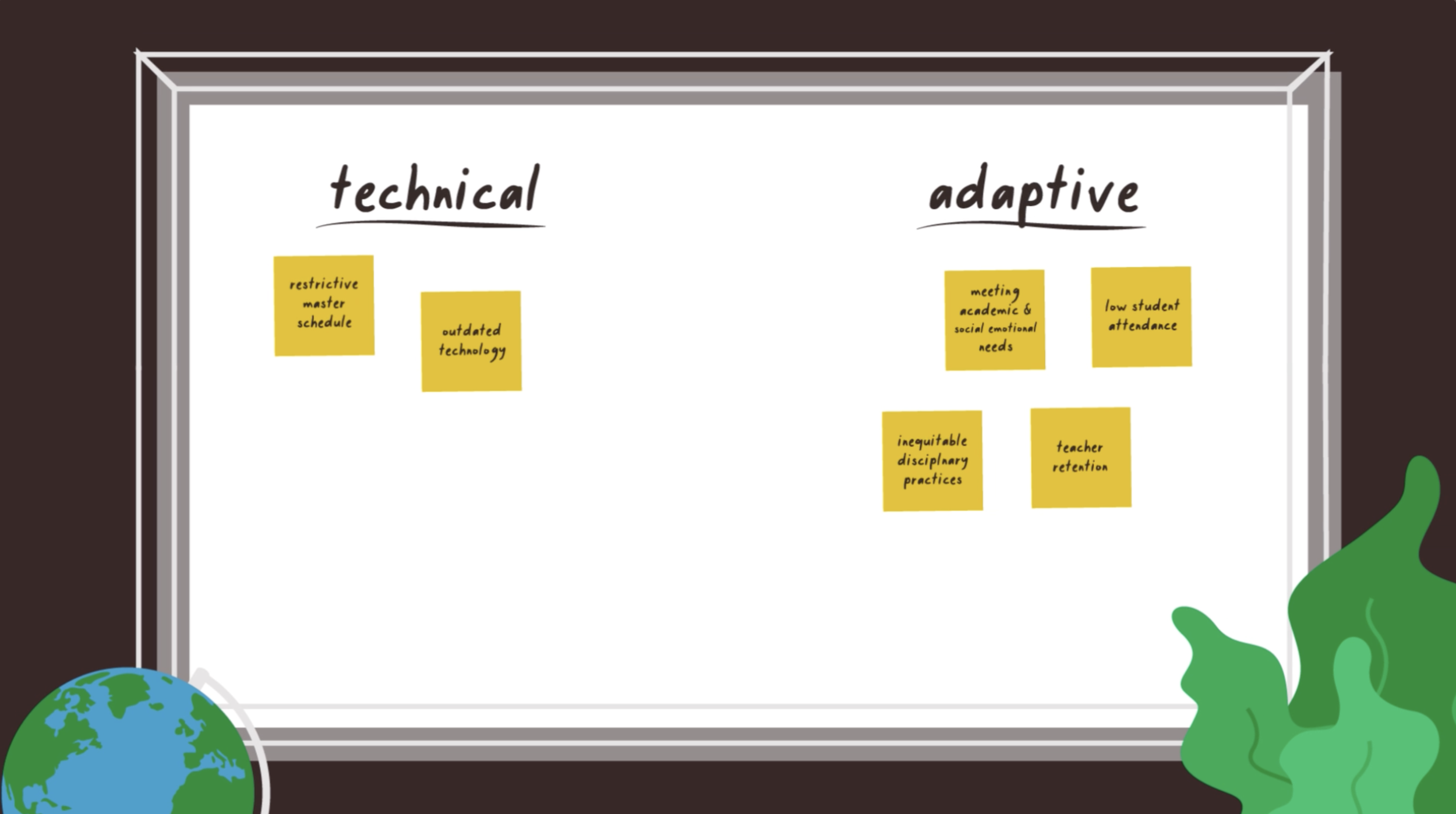Want an overview of the process?
Here’s what it looks like:
Overall Roadmap
Positive deviance is based on the belief that there is a bright spot within your community that has already found a solution for a sticky, intractable problem you are facing.
Think of these steps as a guide for your work, a cyclical path rather than a linear path. Be responsive to what you’re hearing, seeing, and learning from your community throughout the process, and be ready to return to previous steps as needed.
Step 1:
Organizing Your Team
Form or adapt a team to engage in this work, and launch the project with your organizing team.
Step 2:
Finding the Right Problem
Identify + select an intractable problem, then share + refine the problem with your school community.
Step 3:
Measuring the Problem
Collect data to learn more about the problem, then analyze your data.
Step 4:
Seeking Bright Spots
Engage in empathy work in your community, synthesize your findings,
and unpack your bright spots.
Step 5:
Scaling Impact
Brainstorm ways to scale, then scale bright spots impact.
> Try it here.
Or, Start Over
Interested in learning more?
Download the free Positive Deviance for Educators Toolkit to get started.
















